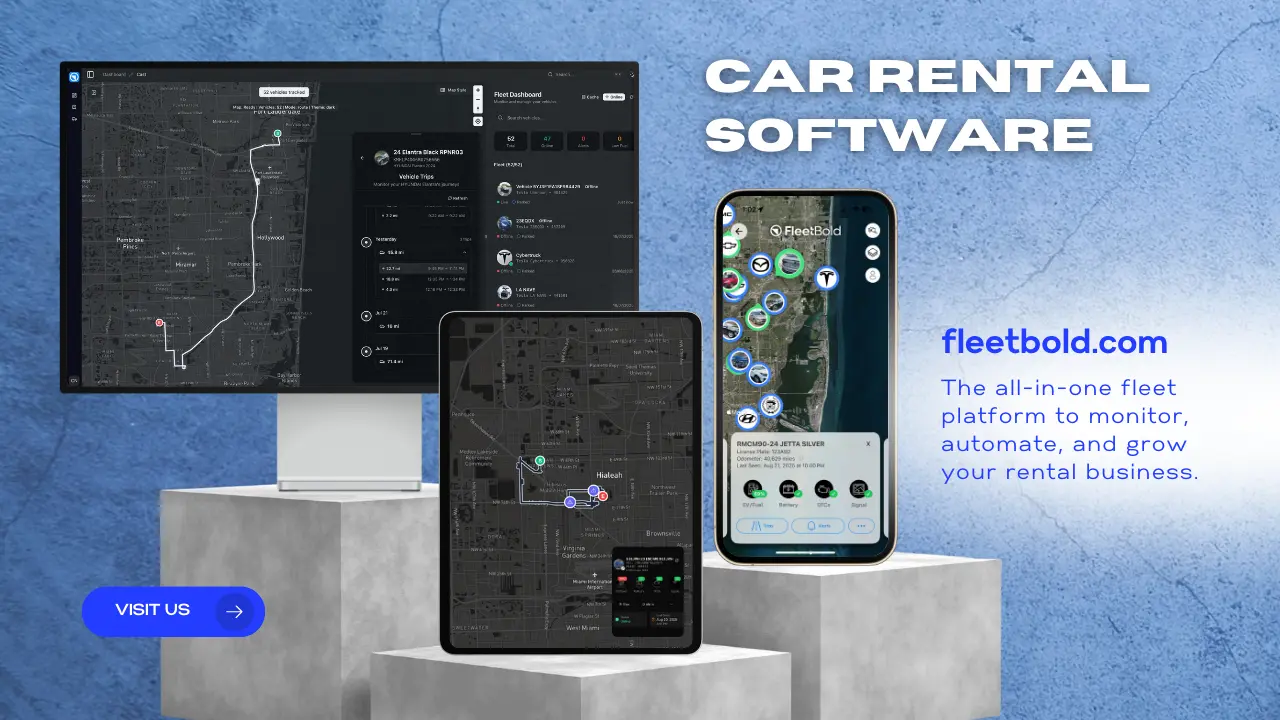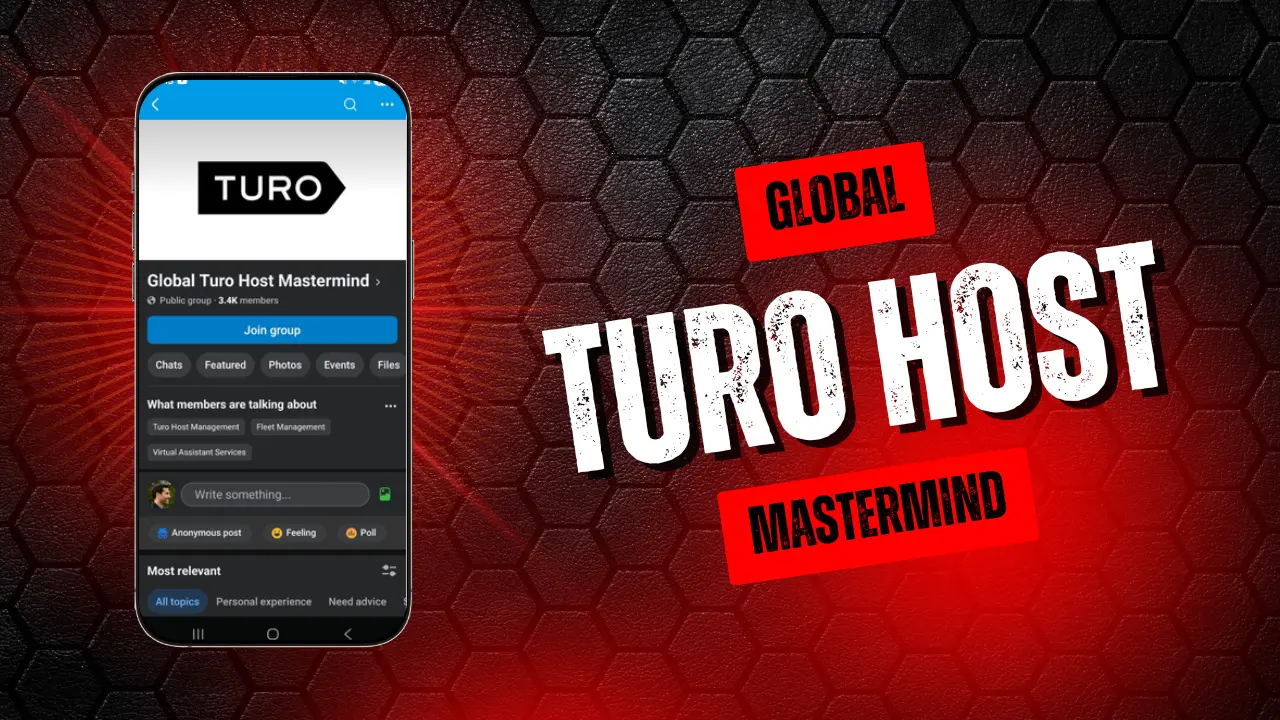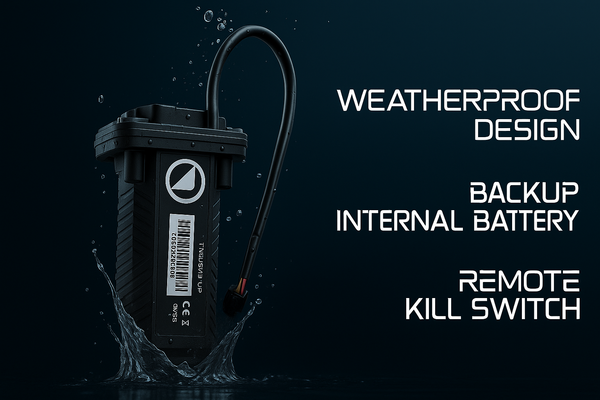Why Every Fleet and Turo Host Needs an OBD2 Splitter (And Why You Should Never Leave Your GPS Visible)
Hide your GPS like a pro in minutes. An OBD2 splitter lets you place the tracker out of sight, keep a second port free for mechanics, and skip $300 plus hardwired installs.
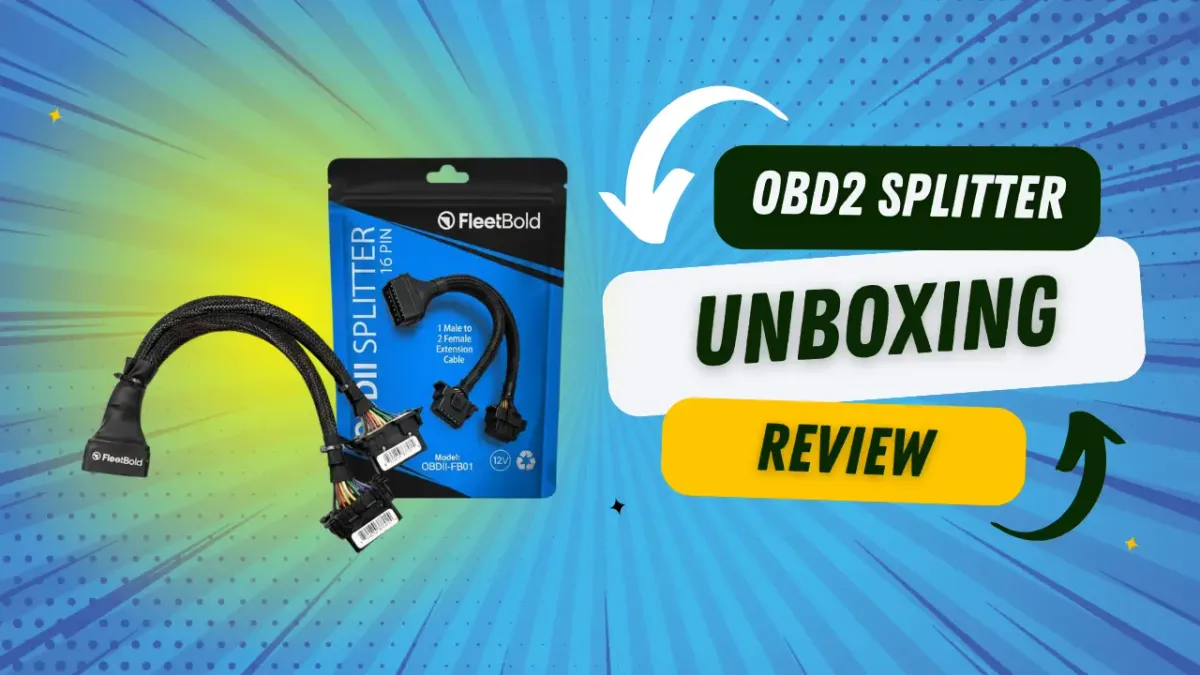
Why hiding the GPS matters more than anything
If a guest can see the GPS, a guest can unplug the GPS. The moment they pull it, you lose live location, geofence alerts, trip history continuity, and unplug notifications. Hidden placement is the difference between smooth operations and stress.
An OBD2 splitter is the simplest way to hide your tracker. You plug one end into the vehicle’s OBD2 port, then use one leg for the GPS tucked behind a panel and keep the other leg accessible for service. No hardwiring, no installer, no waiting.
Real situations where a hidden GPS saves your day
Airport return shuffle
Guest is late and stops answering. Hidden GPS keeps reporting from the garage so your late-return alert and location still come through.
The quick unplug attempt
Some guests recognize the OBD2 port. If the device is visible, they unplug it in seconds. With a splitter the tracker sits out of sight behind trim so the port they see is empty or used for service.
Valet or service visit
You want continuous tracking without explaining your device. With the hidden setup the tracker stays powered while the visible port is free if anyone needs to plug a scanner.
High-risk neighborhood pickup
If someone pops the panel or goes looking under the wheel, a visible device is gone fast. Hidden placement buys you time and data if something goes wrong.
Hardwired vs splitter the math and the minutes
| Option | Install time | Typical cost | Who installs | Reversible |
|---|---|---|---|---|
| Hardwired GPS | 1–2 hours | 300 dollars or more per car | Professional only | Not easily |
| OBD2 splitter plus GPS | 1–2 minutes | 15–20 dollars for the splitter | Anyone | Yes in seconds |
Most hosts and small fleets do not need a hardwired job. You get the protection you want with a hidden OBD2 install and you keep cars rentable the same day.
The two-minute install
- Find the factory OBD2 port under the steering column
- Plug the splitter’s male end into that port until snug
- Connect your GPS to one female end and route it behind the lower dash panel
- Leave the second female end accessible for service or tools
- Turn ignition on and confirm first location lock in the app
No tools needed. No expert required.
Best practices for a clean invisible setup
- Use a short splitter to keep cables tidy
- Zip tie slack and avoid pinch points behind panels
- Test ignition on and take a quick 2–3 minute drive to confirm live updates and alerts
- Label the visible port Service so mechanics know where to connect
- Do a monthly quick check to make sure the tucked device is still seated firmly
Compatibility notes
Works with most standard 16-pin OBD2 trackers including FleetBold OBD2 GPS, Bouncie, Zubie, and many others.
Not compatible with Hardwired devices.
Who benefits the most
- Turo hosts who want fewer disputes and fewer surprises
- Rental fleets that value fast turns and minimal downtime
- Operators who want stealth plus easy access for scanners without touching the tracker
Conclusion
Your GPS is only as reliable as its installation. If it is visible, it is vulnerable. An OBD2 splitter lets you hide the tracker, keep telemetry flowing, and avoid expensive hardwired installs. Two minutes of work for months of peace of mind.
👉 Get the OBD2 splitter now
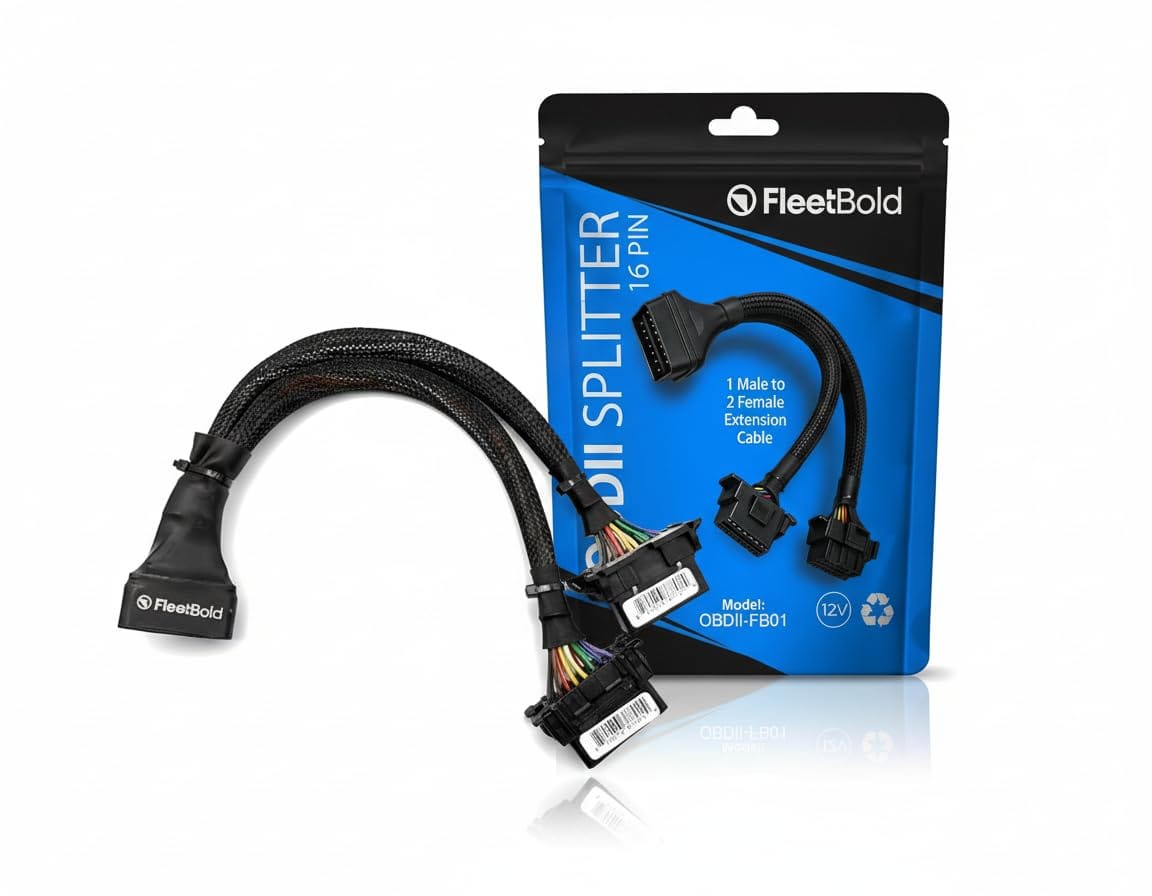
OBD2 Splitter 16 Pin OBD II Splitter Extension 1x Male and 2X Female
Extension Cable Adapter in Use for OBD2 GPS Devices, Turo Hosts
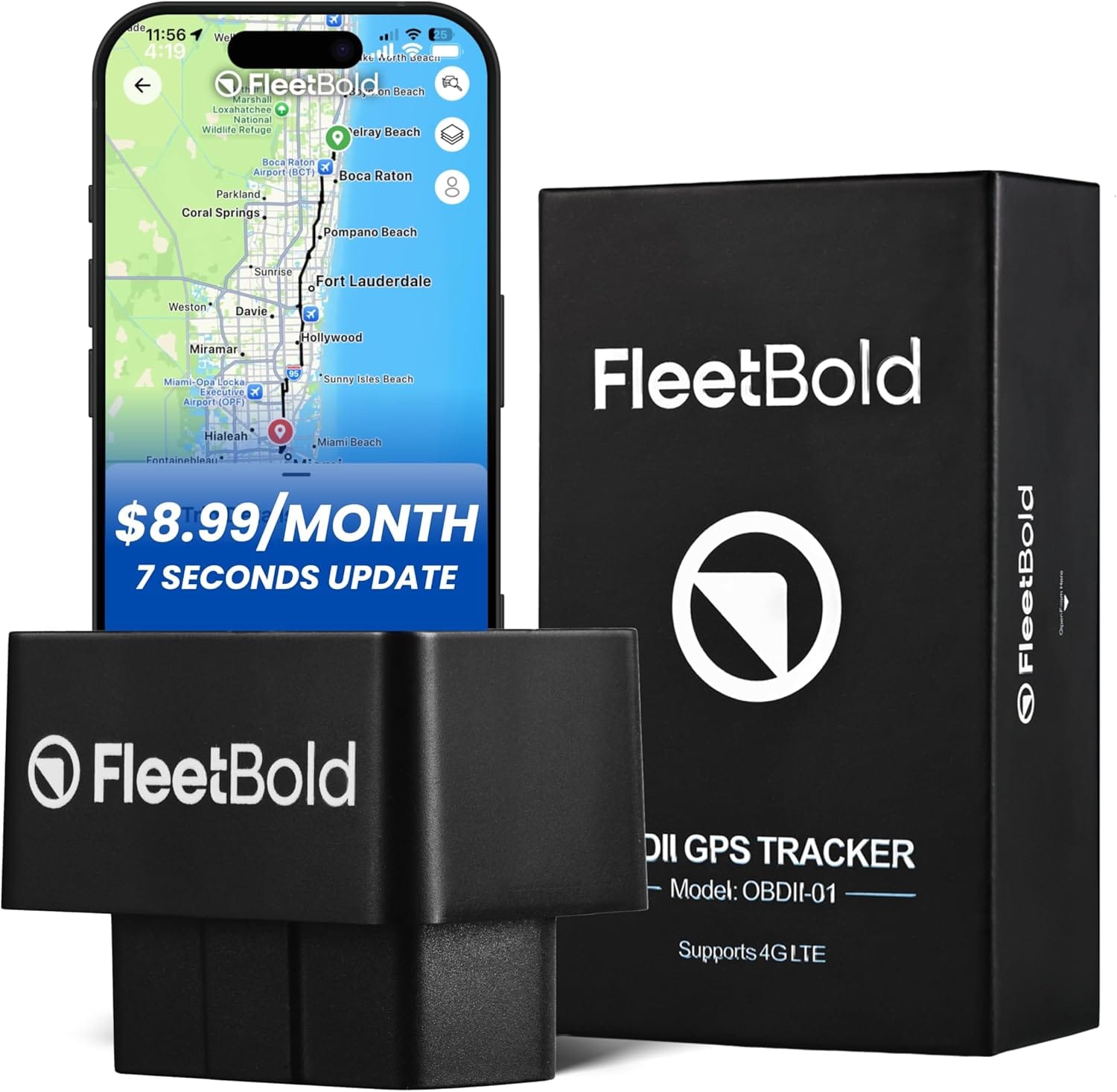
GPS Tracker for Vehicles OBD2 4G Real-Time Tracking -$8.99/month-
For Vehicles, Cars, Sedan, Trucks, Turo Hosts, Car Rentals & Fleet Operators, Plug&Play, Geo-Fence, Trip History, Smart Alerts. Global Coverage
FAQ
Does the splitter void my warranty
No. It’s non-invasive and reversible. Remove it before warranty service if you’re concerned.
Is the splitter legal to use
Yes. It’s just a passive cable that duplicates the OBD2 port for convenience.
Will the splitter drain my battery
No. It doesn’t add meaningful draw. The GPS device’s draw is what matters (typically very low).
Can two devices talk to the car at the same time
Usually only one communicates actively at a time. For scanners, unplug other active tools if you see connection errors.
Will I get check-engine lights or error codes
No, not from the splitter itself. If you see codes, it’s unrelated or due to a connected device or vehicle issue.
Does cable length matter
Shorter is better (15–30 cm). Long, cheap cables can introduce noise or become messy behind panels.
Is there a fire or safety risk near airbags
Route the cable away from airbag deployment paths and moving pedals. Secure with zip ties to avoid interference.
Can heat or humidity affect it
Use quality, thick-jacketed cables. Avoid tight bends and keep connectors dry to prevent corrosion.
Where should I hide the GPS device
Behind the lower dash trim, side kick panel, or under the steering column plastics. Avoid vents and sharp metal edges.
Can mechanics still perform emissions and inspection tests
Yes. The visible port remains open for their scan tool.
Will it interfere with dealer software (Techstream, IDS, etc.)
It shouldn’t. If a dealer tool struggles to connect, temporarily unplug the GPS leg and plug the tool directly.
Is it compatible with my vehicle
Works with most OBD2 vehicles (1996+). Some EVs/hybrids may have sleep states—test after install.
Does it work with Moovetrax
No. This splitter is not compatible with Moovetrax.
Which GPS brands work
FleetBold OBD2 GPS, Zubie, Bouncie, and most standard 16-pin OBD2 trackers.
Can I use it with Tesla
If your setup uses an OBD2-powered accessory, yes. Otherwise, Tesla connects natively via account without OBD2.
Will hiding the GPS stop unplug alerts
No. You’ll still receive unplug/tamper alerts as long as the device has power and reporting configured.
What if a guest still finds the tracker
Hiding reduces the chance. Add geofences and unplug alerts for early warning, and review trip history after checkout.
How fast can I install it
Typically 1–2 minutes. Plug in, tuck the device, confirm first location lock, done.
Do I need tools
No tools required. Zip ties help for tidy cable management.
Can I return to stock before selling the car
Yes. Unplug the splitter and you’re back to factory in seconds.
What maintenance is needed
Quarterly check that connectors are snug and free of dust/moisture. Glance at device health in the app.
Will it affect towing or crash alerts
No. Those alerts depend on your GPS/device settings and data, not the splitter.
Can I lock the visible port
You can add a simple port cover or relocate the visible leg slightly out of sight while keeping it accessible for service.
What if I see intermittent data drops
Check the seat of all connectors, try a shorter cable, avoid sharp bends, and confirm cellular coverage for the GPS.
Does the splitter provide surge protection
No. It’s a passive pass-through. Your GPS/device should handle normal automotive power characteristics.
